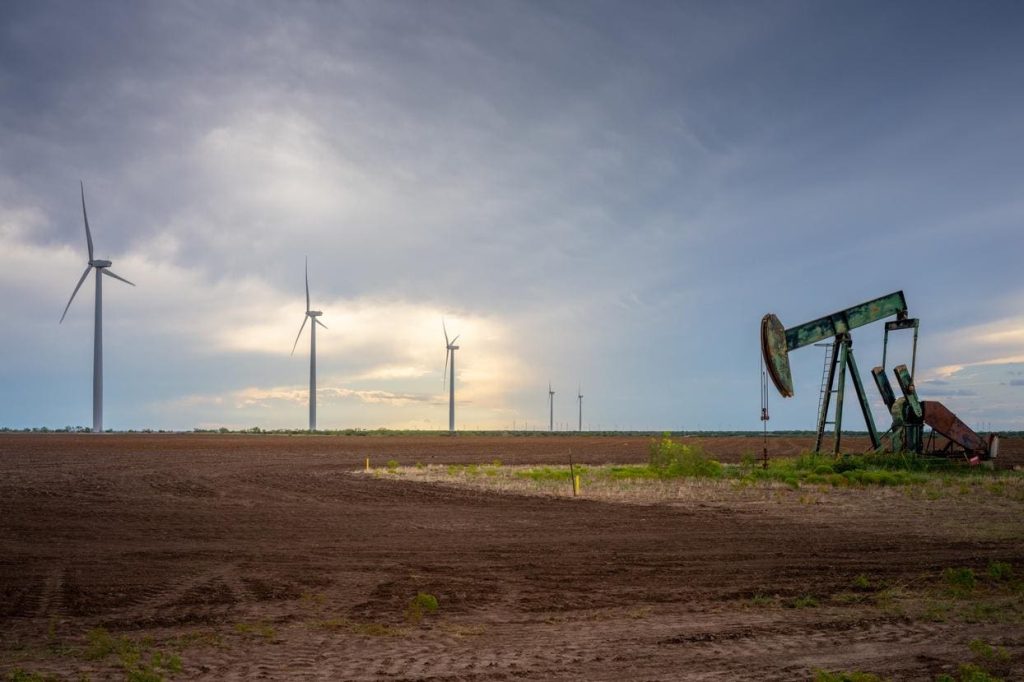In a significant development last year, BP handed over the publication of the Statistical Review of World Energy after 70 years to the Energy Institute (EI). This report has been instrumental in providing comprehensive data on global oil, gas, and coal production and consumption, as well as on carbon dioxide emissions and renewable energy statistics. The second Statistical Review published by the EI highlighted another year of record highs for consumption of fossil fuels and emissions, but also record generation of renewables.
The report revealed that primary energy consumption increased by 2% from 2022, surpassing pre-COVID levels by over 5%. Renewable energy grew at six times the rate of total primary energy, making up 14.6% of total consumption. However, fossil fuels still dominate the energy mix, constituting 81.5% of primary energy consumption despite a slight percentage decline from 2022. Global energy consumption increased by 12.3 exajoules from 2022, with fossil fuels contributing 7.8 exajoules (63.6% of the increase) and renewables contributing the remaining 4.5 exajoules.
Emissions from global energy consumption rose by 2.1%, crossing 40 billion metric tons of CO₂ equivalents for the first time. Emissions from flaring and industrial processes saw significant increases, contributing to record levels. While emissions in the U.S. declined by 2.7% from 2022 and emissions in the European Union fell by 6.6%, emissions in the Asia Pacific region jumped 4.9%, equivalent to triple the combined decline in the U.S. and EU.
Oil consumption reached a record 100 million barrels per day, largely driven by China’s post-lockdown recovery. The U.S. remained the largest oil producer with an 8.5% production increase from 2022. Natural gas prices dropped significantly in Europe and Asia, with the U.S. seeing a 60% price fall. U.S. production of natural gas set a new record for the 3rd consecutive year, climbing 4.2% from 2022, and the U.S. overtook Qatar as the largest exporter of liquefied natural gas (LNG).
Coal production hit a record high, with the Asia-Pacific region accounting for nearly 80% of output. Global coal consumption also reached new heights, driven by increased demand in China and India. Electricity generation grew by 2.5%, with renewables contributing 30% of total generation. Solar and wind capacity saw unprecedented growth, with significant additions from China and Europe. Prices for key materials like cobalt and lithium fell sharply, reflecting changes in global demand and supply dynamics.
The report emphasized the slow pace of the energy transition, despite record increases in renewable energy generation. Fossil fuels continued to dominate the energy mix, highlighting the importance of accelerating the transition to cleaner energy sources to meet climate goals and reduce carbon emissions. The report also highlighted ongoing geopolitical disruptions and economic recovery post-COVID-19, with advanced economies showing signs of slowing fossil fuel demand growth while developing regions, particularly in the Global South, continued to drive energy demand growth.


